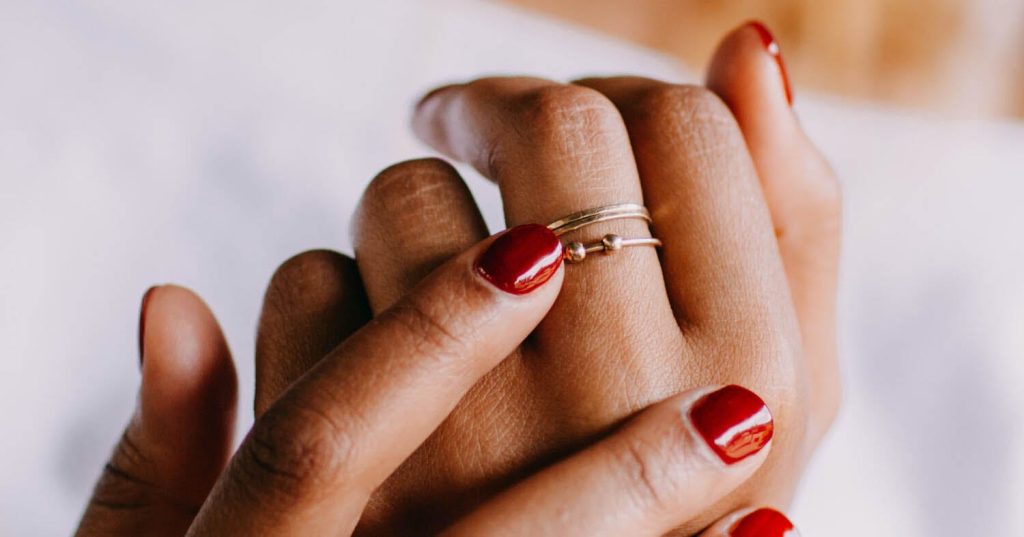
They can be, according to Dr. Monica Vermani, clinical psychologist and author of A Deeper Wellness: Conquering Stress, Mood, Anxiety and Traumas. “The key to lowering anxiety through any device, be it a piece of jewelry, or a fidget toy is the intention of the user,” she tells us. “When we associate an object with positive coping and soothing, it becomes just that. We’ve [likely] heard the phrase, What you focus on expands. When we turn to comfort food for comfort, it works. When we focus on using a ring, a bracelet, a gemstone or a fidget spinner… that device calms us,” she says.
“People with anxiety disorders (generalized anxiety disorders, social anxiety disorder, obsessive compulsive disorder, panic disorder, post-traumatic stress disorder, social phobia) or attention issues (attention deficit disorder/attention deficit/hyperactivity disorder) who find it challenging to sit still may fidget when they are feeling anxious, restless, impatient or nervous. Fidget toys— including anxiety rings—give these movements an outlet and a focus. They can help calm a person’s nerves, counter and relieve stress through self-soothing, and serve as a distraction in an environment or situation where they are over-stimulated.”
That’s the case with one early adopter of the anxiety ring trend, Manhattan-based marketing executive Jon Paul Buchmeyer. “As a champion debater in high school and college, I developed a habit of spinning my pen in one hand as a way to alleviate pressure. But when I got to the real world, I needed a less distracting substitute for spinning a pen in high-pressure meetings,” he says. “On a trip to Bali touring the John Hardy design shop, I discovered the designer’s spinning pinky ring and fell in love. That ring got me through some particularly stressful times.” We’ve tracked down that John Hardy design, as well as some other popular anxiety rings, for you to admire and possibly even fiddle with during your next anxiety event.
RELATED: 25 of the Breeziest Straw Bags for Summer

